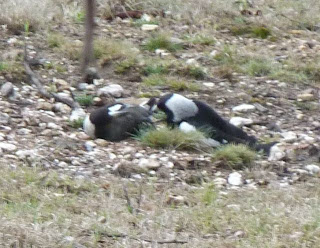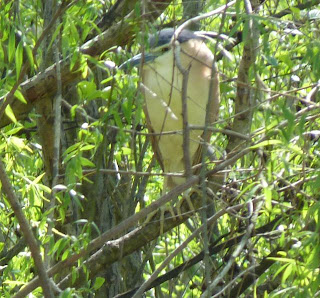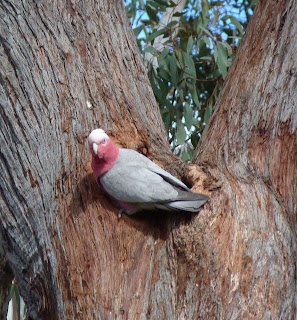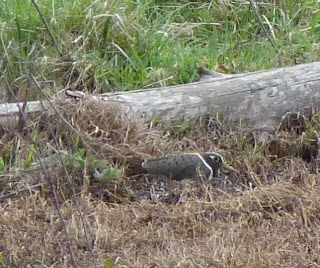Large flock of Black-shouldered kites

The Black-shouldered Kite ( Elanus axillaris ) is not an unusual bird in the Southern Tablelands of NSW. They have been rather scarcer during the recent drought but have reappeared in the last few months. As usual they have been seen in 1s and 2s although a friend and near neighbour had reported a flock of 6 watching him do some work in a paddock. Another near-neighbour rang me yesterday morning (29 September) to report that she had a flock of 6 roosting near her house. As both properties look out across the Hoskinstown Plain, and are only 1km apart as the Kite flies, it seemed highly likely that they were the same birds. However on the evening of the 29th my friend rang to say that the flock had grown to 14 and were roosting in a single tree. He had taken a photo: By the time I got to his property the flock were on the move but I still got to see most of them. While deserving the term extraordinary such a flock is not unheard of. Wikipedia ...









